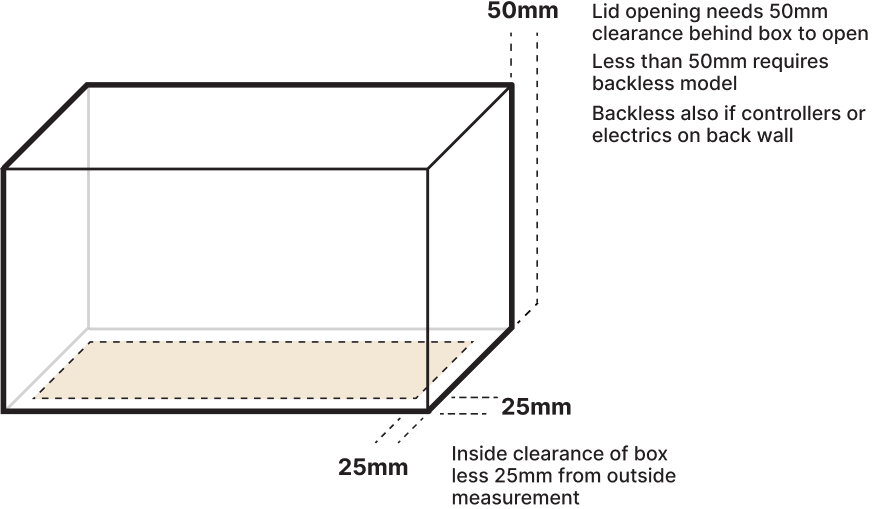Maintenance
Are you losing pool water over summer?


How to test if it’s a leak or evaporation
At this time of year with the heat of summer many pool owners think they have a leak in their pool as they seem to always have a hose hanging in the pool and constantly topping it up.
We’ve seen hoses with white chlorine bleached ends where they have been hanging in the pool. The owners complain that the hose has to stay there as they are tired of pulling it out every second day to top up the water level.
To see if you have a leak or if the water being lost is simply from evaporation; it’s easy!
Put a full bucket of water by your pool and measure the height of the water in your pool (and record it for accuracy). Wait a number of days to a week then measure how far the water level in the pool and the water level in the bucket has dropped. They should both drop the same amount in millimetres as water evaporates at the same rate regardless of surface area (it is only the volume that is different).
To put this into perspective, let’s work out how much water you are putting in your pool:
Most hoses run at about 17 litres per minute. If you have a hose running flat out for 30 minutes you are using just over 500 litres. If you are topping up your pool 2 to 3 times per week then you are using between 1,000 to 1,500 litres per week. Or around 4,000 to 6,500 litres per month... and that is only at 30 minutes, how long do you run your hose for?
If your pool is 9.2m by 4.5m, for every millimetre the water level goes down is 41.4 litres. So topping your pool up from around 1/3rd way up the skimmer box to about ½ way say 25mm means you are adding 1,035 litres of water to your pool.
Evaporation rates are higher over summer
To stop evaporation, cover your pool with a Daisy. This is effectively putting a lid on your pool to stop the water loss, not to mention saving chemicals and helping keep your pool a bit warmer and cleaner.
Daisy pool covers have been independently tested to retain 99.9% of water using the ASTM E96-2005 Water Vapour Transmission test.
For more information including the different types of evaporation for capital cities around Australia and how wind can more than double the daily evaporation rate, read our Evaporation Fact Sheet.













